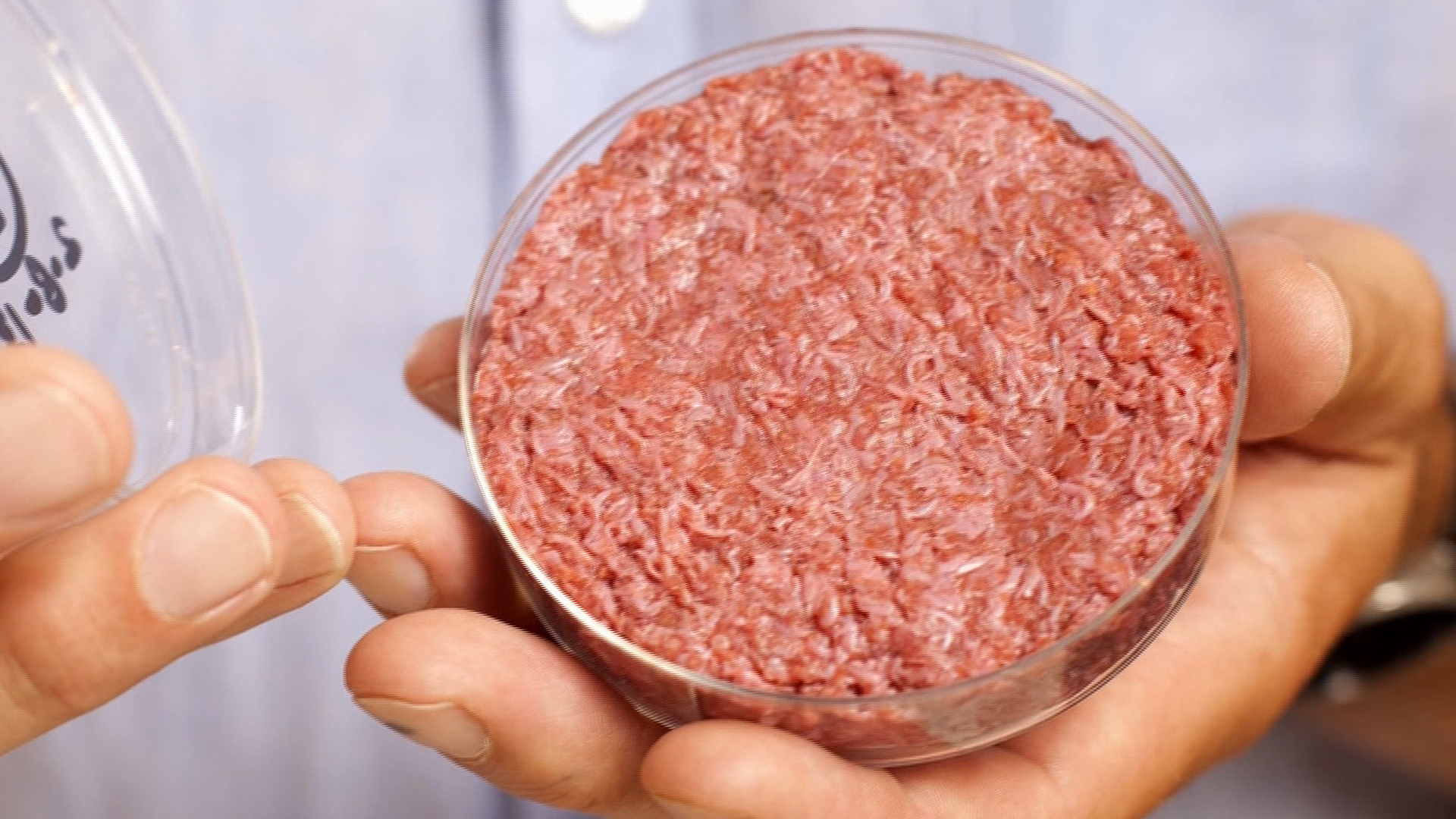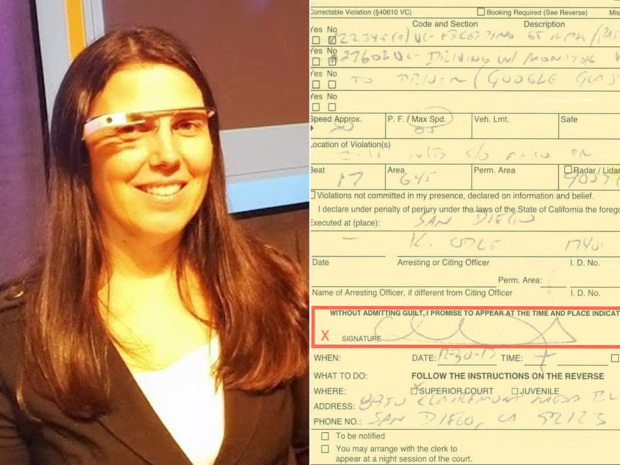Lab-Grown Hamburger Taste-Tested For The First Time
They bit, they chewed, but had hoped for more flavour.
Two volunteers who participated in the first public frying of hamburger grown in a lab said Monday that it had the texture of meat but was short of flavour because of the lack of fat.
Mark Post, whose team at Maastricht University in the Netherlands developed the burger, hopes that making meat in labs could eventually help feed the world and fight climate change. That goal is many years distant, at best.
Sergey Brin, a co-founder of Google, appeared on a video shown at the event and announced that he funded the €250,000 ($330,000) project because of his concern for animal welfare.
“I would say it’s close to meat. I miss the salt and pepper,” said Austrian nutritionist Hanni Ruetzler, one of the volunteer tasters. Both shunned the bun and sliced tomatoes to concentrate on the meat.
“The absence is the fat, it’s a leanness to it, but the bite feels like a conventional hamburger,” said U.S. journalist Josh Schonwald. He added that he had rarely tasted a hambuger, as he did on Monday, “without ketchup or onions or jalapenos or bacon.”
Monday’s taste test, coming after five years of research, is a key step toward making lab meat a culinary phenomenon. Post called it “a good start.”
Brin expressed high hopes for the technology.
“We’re trying to create the first cultured beef hamburger. From there I’m optimistic we can really scale by leaps and bounds,” he said on the video.
Post said it’s crucial that the burger has the “look, feel and taste like the real thing.”
Despite the tasters concern about flavour, scientists say that can be tweaked.
“Taste is the least (important) problem since this could be controlled by letting some of the stem cells develop into fat cells,” said Stig Omholt, director of biotechnology at the Norwegian University of Life Sciences. Adding fat to the burgers this way would probably be healthier than getting it from naturally chunky cows, Omholt said before Monday’s test. He was not involved in the project.
Post and colleagues made the meat from the muscle cells of two organic cows. The cells were put into a nutrient solution to help them develop into muscle tissue, growing into small strands of meat.
It took nearly 20,000 strands to make a single 140-gram patty, which for Monday’s taste test was seasoned with salt, egg powder, breadcrumbs, red beet juice and saffron.
“I’m a vegetarian, but I would be first in line to try this,” said Jonathan Garlick, a stem cell researcher at Tufts University School of Dental Medicine in Boston. He has used similar techniques to make human skin but wasn’t involved in the burger research.
Experts say new ways of producing meat are needed to satisfy growing carnivorous appetites without exhausting resources. By 2050, the Food and Agriculture Organization predicts global meat consumption will double as more people in developing countries can afford it. Raising animals destined for the dinner table takes up about 70 per cent of all agricultural land.
The animal rights group PETA has thrown its support behind the lab-meat initiative.
“As long as there’s anybody who’s willing to kill a chicken, a cow or a pig to make their meal, we are all for this,” said Ingrid Newkirk, PETA’s president and co-founder. “Instead of the millions and billions (of animals) being slaughtered now, we could just clone a few cells to make burgers or chops.”
Post and his colleagues had tasted the meat in the lab, and he said they cooked a test burger on Sunday.
“The first (lab-made) meat products are going to be very exclusive,” said Isha Datar, director of New Harvest, an international non-profit that promotes meat alternatives. “These burgers won’t be in Happy Meals before someone rich and famous is eating them.”
Only one patty was used for the taste test, and the testers each took less than half. Post said he would take the leftovers home and let his kids have a taste.









